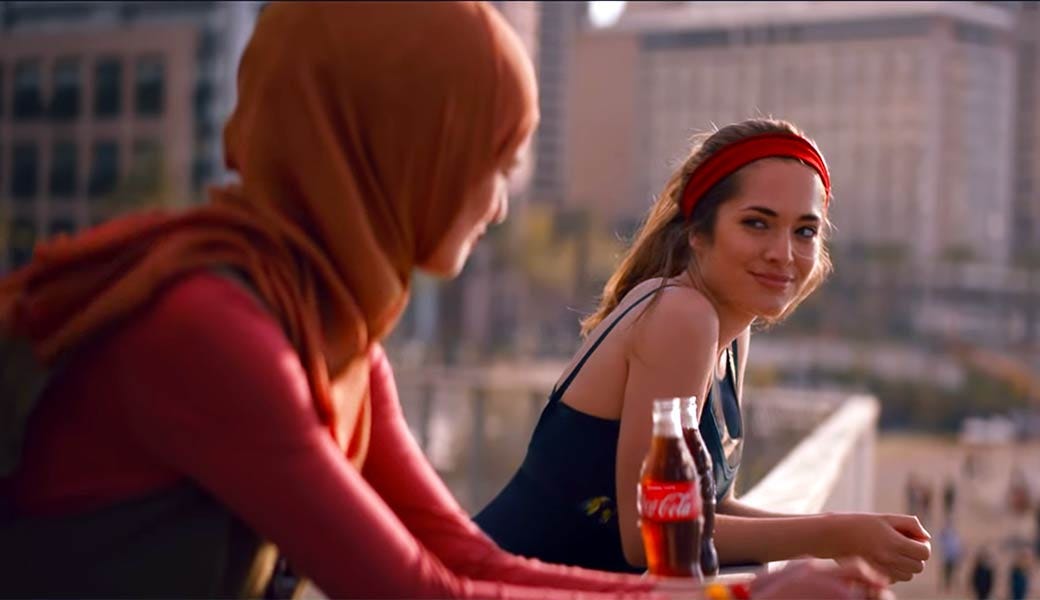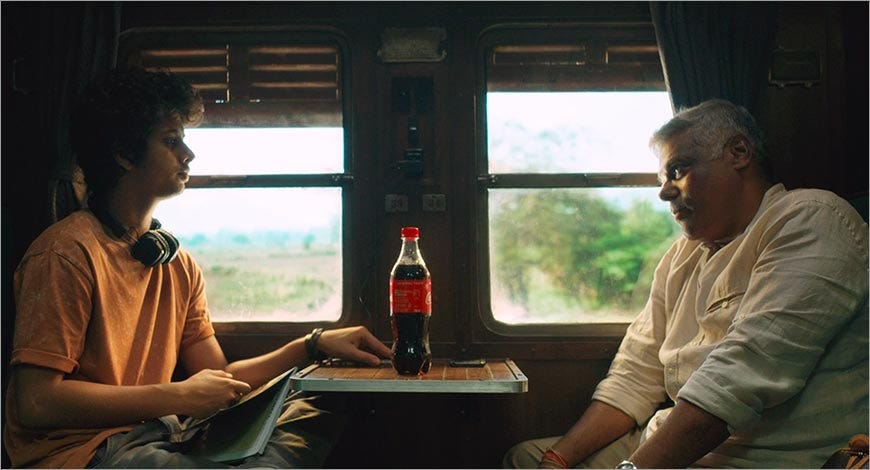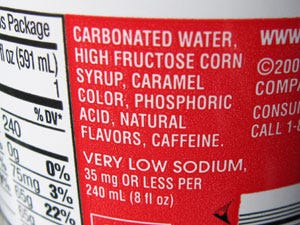Welcome back!
Last Thursday I shared a brief introduction to the idea that everything communicates; that every-thing conveys meaning and that in today’s world of fast-paced media messaging, it is nearly basic survival knowledge to practice an acute awareness of how hidden meanings can shape your beliefs and understanding of the world.
On Tuesday I shared a tutorial on how to break down the latent and (not so latent) meanings embedded into advertisements.
Today we’re going to talk more about how marketers embed desire into their offerings + why this is helpful to be aware of on the journey to consume more consciously.
—
There is a song that lives rent-free in my head. And every time I think I’ve forgotten it… it returns with a vengeance, stuck there for days. And because it’s never made the top 40 charts or been trending on TikTok, I have no one to sing it with.
The song is “Sugar” - the light-hearted jingle by Jason Mraz that accompanies a three-and-a-half minute video showing the dangers of sugar overconsumption in a family of (cutely animated) polar bears.


The video begins upbeat: “Sugar, sugar… I wanna make you happy. Like the sun you shine; you brighten up a grey day. Sugar, sugar… so good, so good… sugar.”
It’s catchy in a way only a Jason Mraz song can be.
But over the course of the video, the furry family of four experiences nothing short of turmoil. Waistlines widen, thwarting all plans of ice fishing; a kiddo loses a decayed tooth; erectile disfunction strikes the marriage; and, worst of all, papa polar bear develops Type 2 diabetes and requires an amputation. After this unfortunate climax, the family pours all of their soft drink bottles into the icy water.
Jason Mraz sings out: “The power’s in your hands… the power’s in your claws…”
The video is a clear shot at The Coca-Cola Company, whose portfolio of products pulled in $43 Billion in 2022 (an 11.25% growth over 2021). Further, 45% of Coca-Cola’s sales volume is attributed to Coca-Cola trademarked products, with tea/coffee, sports drinks, juice, and water beverages pulling in the rest.
The Real Bears is not the type of impression that Coca-Cola hopes to make.
Coca-Cola is a brand notorious for wanting to make people feel good and happy. The juxtaposition of The Real Bears making you feel bad and sad and straight-up fearful… well, such associations could deeply harm the Coca-Cola brand.
Perhaps that is one reason why Coca-Cola went on the social-imagination offensive by accelerating its global “Share a Coke” campaign throughout the 2010s:


The “Share a Coke” campaign makes me feel good and happy. It makes me feel like I can be friends with everyone in the world. It makes me think that drinking 44 grams of sugar in a sitting with my new friends wouldn’t be so bad. It makes me want a Coke.
“Share a Coke” is so simple and so effective and so illustrative of the fact that all communication in the marketplace is constructed to make you feel a certain way, to make you think a certain way, and to make you want something.
I mean… what does drinking a Coca-Cola give you, that drinking a can of Sam’s Choice Cola, or a cup of orange juice, or a glass of water, cannot? Practically speaking?
A lot of marketing strategy centers on flaming a desire that exists deep inside a person. And marketing research (itself a $28 Billion industry) is essentially tasked with employing a bunch of fancy research methods to discover what those desires are, in order to develop and promote a marketplace solution that allows for acting on those desires.

Smart marketers know they can’t sell something that, deep down, doesn’t quench a desire.
And that is why desire lies at the heart of every strong brand.
In the case of Coca-Cola and the “Share a Coke” campaign, it’s not just about quenching a literal thirst - because you could use any number of beverages to do that - but it’s about quenching a deeper desire for community, for love, for belonging, for fun, for youth, for energy, for friendship…
But it’s all just a made up story that has nothing to do with the actual product itself.

In a world where many of us have our basic needs met (like shelter, sustenance, safety), we often reach for “higher-order” needs, wants, and desires in our consumption choices… like the things Coca-Cola is attempting to sell in their brand story: community, love, belonging, fun, youth, energy, friendship…
(Hello, rise of lifestyle branding and a post for another day.)
Many times we hope that our purchases fulfill a longing for something we deeply desire.
But can they? Will they?
Sometimes, yes. Sometimes a purchase allows us to engage in a type of activity that fills us with joy, form a stronger relationship with someone, or otherwise live the life we want.
But sometimes— oftentimes— no. The purchase is a dead-end. A costly reminder that we actually long for something more.
The journey of conscious consumerism is learning how to discern when the answer is yes, and when the answer is no.
“The power’s in your hands, the power’s in your claws…”
—
Thanks for being here! In full transparency, the draft I was working on for today ended up being a giant post that I decided to split into several parts. I’m still trying to figure out how much to include in each week’s writing… there’s so many intertwined ideas… and I’m working on simplifying and keeping things short and sweet :)
Would love to hear any comments or questions! Where are you on your conscious consumerism journey? What would be helpful to explore together?
Enjoyed this post? Check out Everything Communicates, Part 1 and Part 3.








At the core, everything is showing us how we can purchase a thing and be happy or belong, which is what we want. It's why little kids, who should not be marketed to IMHO, know they want sugary cereal from birds and leprechauns. It's how I knew rainbows could be magically delicious. It's why when I'm sad, I buy organizers or date books. Those things can clearly straighten out my life, look at the people who use them. It makes you wonder if we're all perfect, but consumerism has made us think we're not.